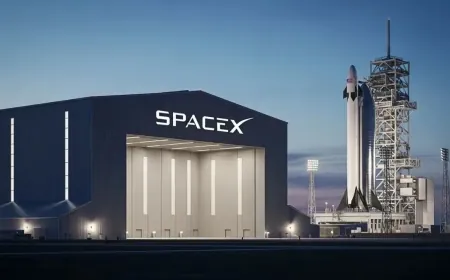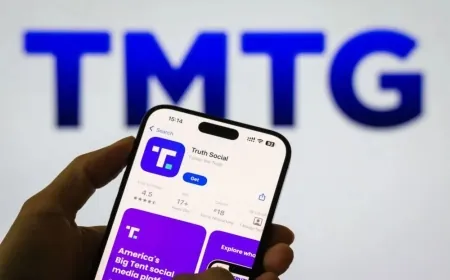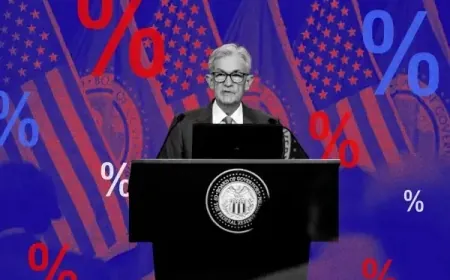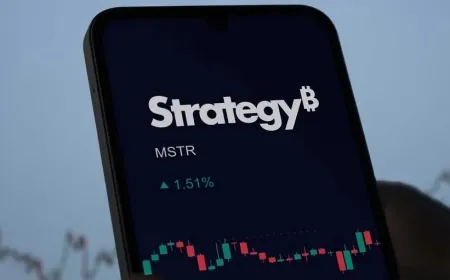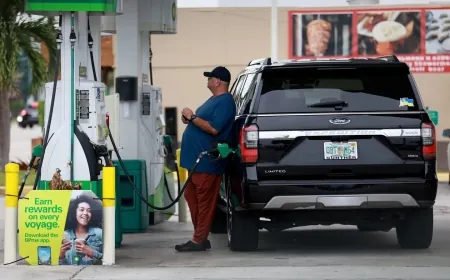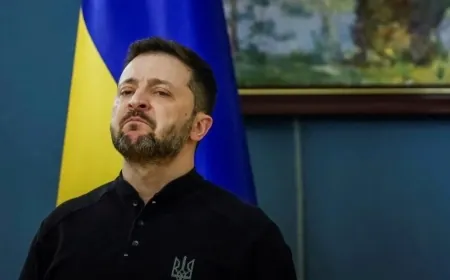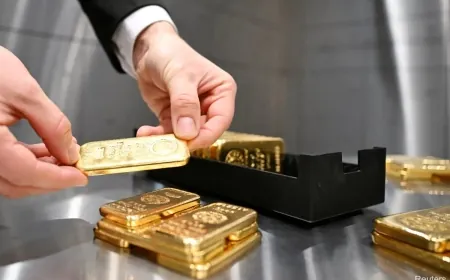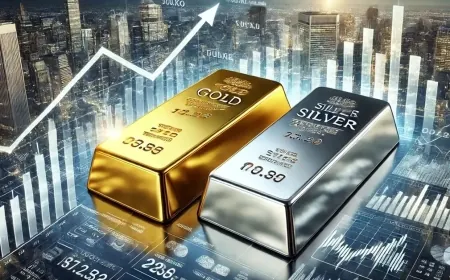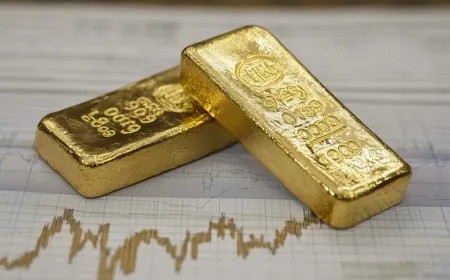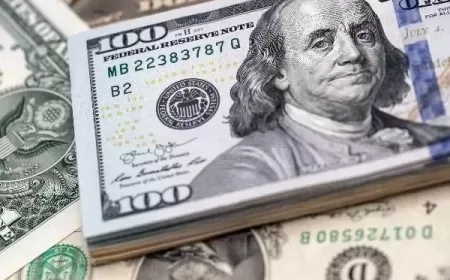Why Trump Wants Ukraine's Rare Earth Minerals
Ukraine holds rare earth minerals like lithium and titanium. The U.S. is negotiating access to these resources as part of future economic and security plans.
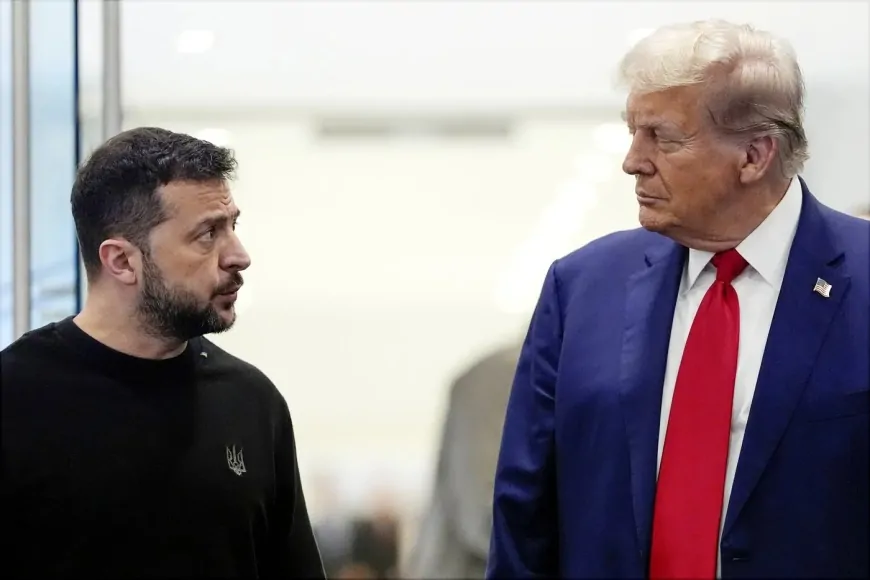
President Donald Trump has stated that Ukraine should provide the United States with rare earth minerals in return for financial aid to support its war against Russia. This aligns with Ukraine's plan to work with foreign partners to develop and utilize its natural resources.
It's unclear if Trump was referring only to rare earth elements or a wider range of critical minerals. He mentioned U.S. interest in "their rare earths and other things."
Ukraine’s Rare Earth Minerals and Their Uses
Ukraine, known for its agricultural exports, also has valuable mineral deposits crucial for industries like defense, technology, aerospace, and renewable energy.
The country has deposits of rare earth elements such as lanthanum and cerium (used in TVs and lighting), neodymium (used in wind turbines and EV batteries), and erbium and yttrium (used in nuclear power and lasers). Research suggests Ukraine also has scandium reserves, but detailed data remains classified.
Despite these resources, Ukraine has no commercial rare earth mines. However, it has significant deposits of titanium, lithium, beryllium, manganese, gallium, uranium, zirconium, graphite, and nickel.
Why These Resources Matter
According to Ukraine’s Geological Service:
-
Ukraine has the largest titanium reserves in Europe, around 7% of the world's total.
-
The country has one of Europe's biggest lithium reserves, estimated at 500,000 metric tons, essential for batteries, ceramics, and glass.
-
Ukraine’s graphite deposits, needed for EV batteries and nuclear reactors, make up 20% of global supply.
Who Controls Ukraine’s Resources?
The war has changed who controls key resources. Russia now occupies about 20% of Ukraine’s land, limiting access to these materials. Before the war, Ukraine’s coal powered its steel industry, but much of it is now under Russian control.
An estimated 40% of Ukraine’s metal resources are now in Russian-held areas. Russia has also taken over two lithium deposits in Donetsk and Zaporizhzhia, but Ukraine still controls lithium reserves in the Kirovohrad region.
Mining in Ukraine: Challenges and Possibilities
Despite the ongoing war, Ukraine is negotiating with Western countries, including the U.S., Britain, France, and Italy, to develop its mining sector. The government projects $12-15 billion in potential investments by 2033.
Officials are preparing about 100 sites for licensing and development, but there are obstacles. Investors cite complex regulations, difficulties accessing geological data, and land acquisition issues as barriers. Developing these resources will take years and require significant funding.
Ukraine’s mineral wealth is a valuable asset that could shape its economy and international partnerships in the years ahead.
Also Read: Mexico and Canada Secure Agreement, China Tariffs Set to Begin Tuesday






